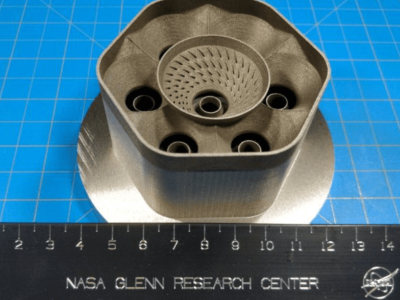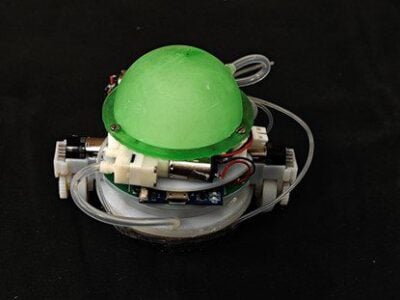
Fully epitaxial ScAlN transistor is reconfigurable
A research team at the University of Michigan has demonstrated a reconfigurable scandium-aluminum-nitride ferroelectric high-electron mobility transistor (FeHEMT).
The team claims that building such a device in a nanoscale thin film should allow the integration of nitride-based nonvolatile, multi-functional, reconfigurable power, and radio frequency devices as well as memory devices and negative capacitance transistors for next-generation electronics.
“By realizing this new type of transistor, it opens up the possibility for integrating multifunctional devices, such as reconfigurable transistors, filters and resonators, on the same platform – all while operating at very high frequency and high power,” said Professor Zetian Mi, who led the research, in a statement.
Areas of particular interest for this device are reconfigurable radio frequency and microwave communication ICs as well as memory devices for next-generation electronics and computing systems.
Ferroelectric semiconductors can sustain an electrical polarization and they can switch which end is positive and which is negative. In the context of a transistor, this provides an additional flexibility – the transistor can change how it behaves.
The transistor is made of AlN heavily doped with scandium. It can be laid down on GaN and AlGaN substrates. ScAlN devices are the first nitride-based ferroelectric semiconductors.
Hysteretic
The fabricated ferroelectric gate HEMTs showed counter-clockwise hysteretic transfer curves with a wide threshold voltage tuning range of 3.8V, a large on/off ratio of 3 × 10^7, and reconfigurable output characteristics depending on the polarization conditions. Subthreshold swing values approaching 110 and 30 mV/decade were achieved under forward and backward gate sweeps, respectively.
“We can make our ferroelectric HEMT reconfigurable,” said Ding Wang, a research scientist in electrical and computer engineering and first author of the study. “That means it can function as several devices, such as one amplifier working as several amplifiers that we can dynamically control. This allows us to reduce the circuit area and lower the cost as well as the energy consumption.”
“By adding ferroelectricity to an HEMT, we can make the switching sharper. This could enable much lower power consumption in addition to high gain, making for much more efficient devices,” said Ping Wang, a research scientist in electrical and computer engineering and also the co-corresponding author of the research.
The University of Michigan has applied for patent protection.
Related links and articles:
Applied Physics Letters article
News articles:
Researchers look to ScAIN to beat silicon and GaN
IMEC semiconductor roadmap shows end of metal-pitch scaling
Here comes the forksheet transistor, says IMEC
Samsung to introduce nanosheet transistors in 3nm node
 If you enjoyed this article, you will like the following ones: don't miss them by subscribing to :
eeNews on Google News
If you enjoyed this article, you will like the following ones: don't miss them by subscribing to :
eeNews on Google News







